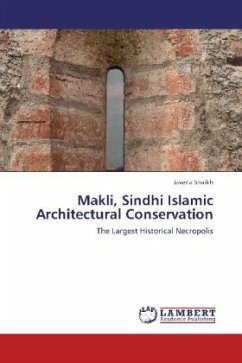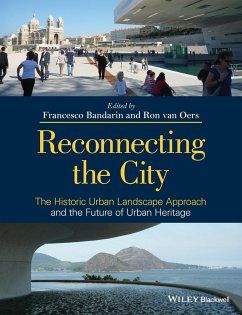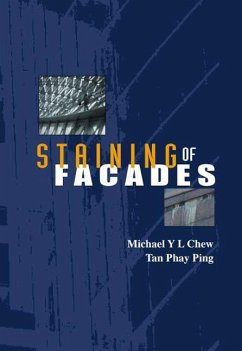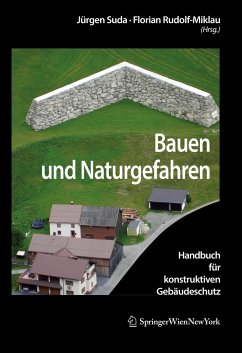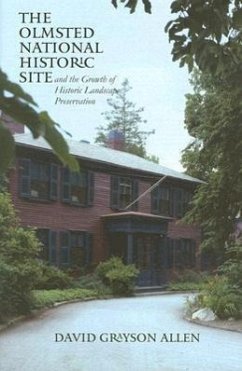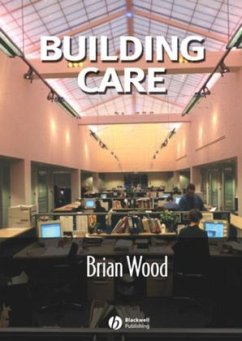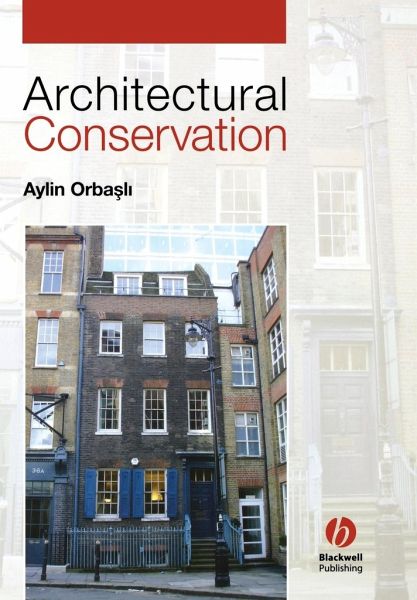
Architectural Conservation
Principles and Practice
Versandkostenfrei!
Versandfertig in über 4 Wochen
67,99 €
inkl. MwSt.

PAYBACK Punkte
34 °P sammeln!
This book provides a comprehensive introduction to the principles and practice of architectural conservation today for students in built environment and related disciplines and places conservation in its wider physical, social and international context. The subject is considered in the framework of conservation thinking in the early 21st century, reflecting some of the most recent theoretical and technical developments and debates. The book is divided into two parts: the first provides the theoretical basis for architectural conservation; the second shows the applications of the theory in prac...
This book provides a comprehensive introduction to the principles and practice of architectural conservation today for students in built environment and related disciplines and places conservation in its wider physical, social and international context. The subject is considered in the framework of conservation thinking in the early 21st century, reflecting some of the most recent theoretical and technical developments and debates. The book is divided into two parts: the first provides the theoretical basis for architectural conservation; the second shows the applications of the theory in practice. Each section is supported by case studies drawn from a broad international context. Recommended reading lists at the end of each chapter, an extensive bibliography and web resources are also provided.





